Title of Artwork: “Mouth (Brigitte Bardot’s Lips)
Original Title: Mund”

Artwork by Gerhard Richter
Year Created 1963
Summary of Mouth (Brigitte Bardot’s Lips)
One of Gerhard Richter’s earliest paintings, Mouth (Bridgette Bardot’s Lips, 1963) is based on an image of the famous French actress. The lips and mouth of the subject were isolated by Richter in the cropped image. Choosing Bardot was no accident; at the time, she was Europe’s most famous sex icon. Sex in capitalist societies has been made a commodity, and her public persona exemplified this trend. As a result, in Mouth, Richter captured Bardot’s famous sensual lips in a way that is both playful and unsettling. Lips that are blurry and dismembered are also a surrealist quality in this painting. Richter used a second image of Bardot in his painting Mother and Daughter a few years later (1965). Bardot’s appeal was not limited to Richter’s works; Andy Warhol also painted eight vibrant portraits of her in 1974, capturing her iconic image.
All About Mouth (Brigitte Bardot’s Lips)
Richter’s early photo-paintings, such as Mouth and Mother and Daughter, were based on photographs the artist had collected. As early as 1962, Richter began accumulating photographs, postcards, newspaper clippings and sketches. Richter began arranging the images on loose sheets of paper a few years later, and there are currently over 800 sheets in total. The collection grew into its own art project, Atlas, which included images from Richter’s personal collection, as well as images taken by the artist himself. In addition to providing valuable insight into the artistry of Richter, the collection also reflects the various stages of his life.
Before his first major museum exhibit in Düsseldorf, Richter exhibited Mouth as part of Living with Pop: A Demonstration of Capitalist Realism. When it came to the 1963 exhibition, the artists displayed their paintings in a furniture shop as a performance event. The term ‘Capitalist Realism’ was coined by Richter and his contemporaries, Manfred Kuttner, Konrad Lueg, and Sigmar Polke, to describe their art. Because of its fascination with mass media, consumerism, and the banality of everyday life, Capitalist Realism is sometimes referred to as German Pop Art. The artists used irony and satire to convey their unique experience of growing up in a divided Germany at the height of the Cold War. Both Capitalist Realism and Socialist Realism (the dominant style in the Eastern German bloc) were essentially mass-produced art forms, thus their namesake.
He no longer distorted his source photos in the extreme manner that is seen here in Mouth by the end of 1963. He even threw away a number of earlier works in this style that he had created. He may have destroyed Mouth, but Richter already gave it to his fellow artist, Manfred Kuttner, so he didn’t have to do so. When asked about the painting in a 1993 interview, Richter said he didn’t like it because of the Pop Art style it used, as well as the way it isolated and deformed the mouth and face. The artist went on the record, however, saying that the painting was an early example of his work and the beginning of Pop Art.
Information Citations
En.wikipedia.org, https://en.wikipedia.org/.
Recommend0 recommendationsPublished in Artworks
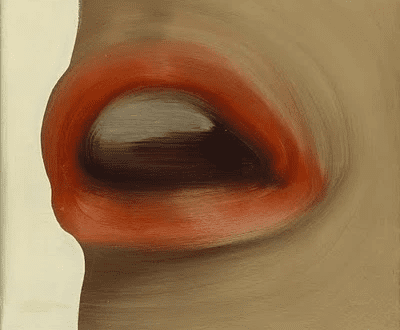

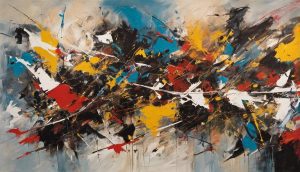
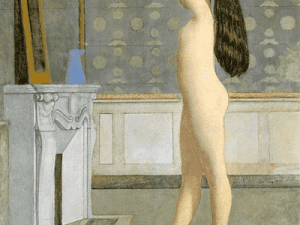
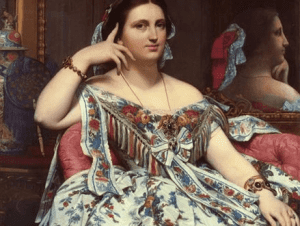
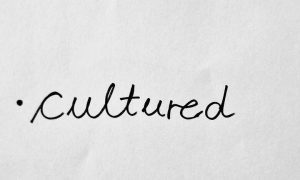
Responses